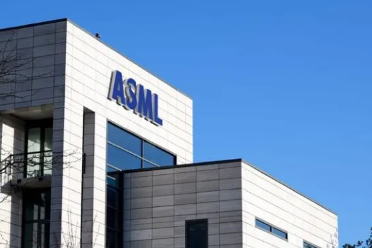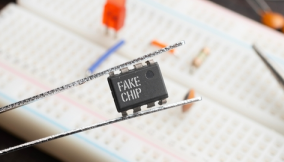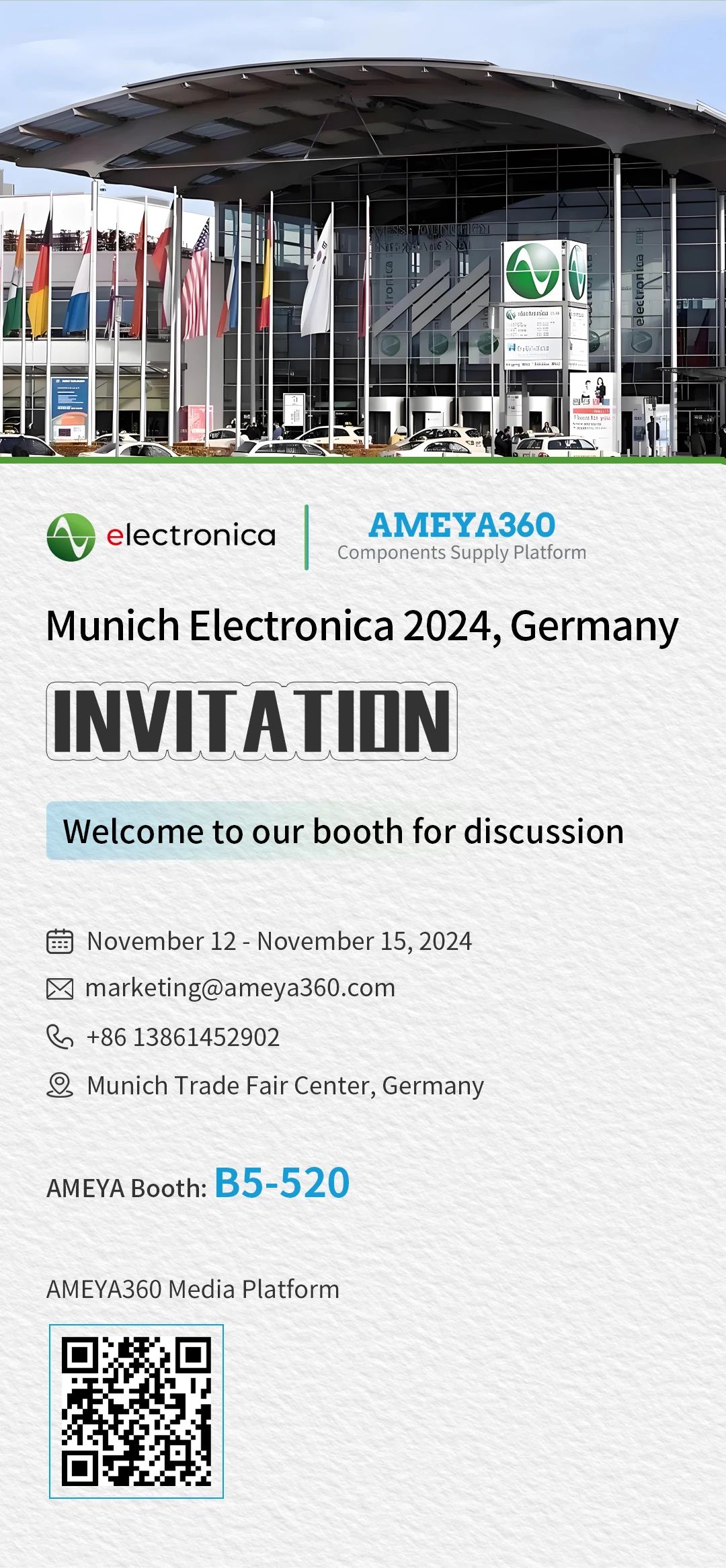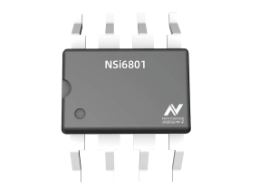- Ameya360 Component Supply Platform >
- Trade news >
- AMEYA360:ASML Ban Affects China’s Advancement in Chips
AMEYA360:ASML Ban Affects China’s Advancement in Chips
As part of an agreement between the U.S. government, the Netherlands, and Japan, ASML, Nikon, and Tokyo Electron won’t be supplying their high-end photolithography equipment to Chinese companies.
According to the Wall Street Journal, “the Netherlands will bar ASML Holding NV, a Dutch maker of photolithography machines, from selling to China at least some immersion lithography machines, the most advanced kind of gear in the company’s deep ultraviolet lithography line.”
ASML manufactures all of the world’s extreme ultraviolet lithography machines, which are critical for producing cutting-edge semiconductors.
China could easily circumvent the export bans for advanced semiconductors, as it has been doing for many years. Acquiring huge lithography machines is much more difficult, and making them from scratch is nearly impossible. Furthermore, only a few hundred of those machines are sold every year, making it much easier to control their destination.
ASML bans chip making equipment to China

It is unknown how much of that critical equipment has already been sold to China and what capacity Chinese companies already have to produce the most advanced semiconductors.
While China is unlikely to have the technology to produce sub-10nm chips, it is already investing in new fabs. Currently, only Taiwan’s TSMC can produce 5nm technology. To do that, it requires the advanced lithography machines that ASML has.
Lithography in the U.S.
A lithography system is a projection system. Light is projected through a blueprint of the pattern to print (known as a ‘mask’ or ‘reticle’). This process will be repeated 100 times or more, laying patterns on top of patterns to make a complete microchip.
This crucial technology was discovered in 1957 by Jay Lathrop and James Nall, of the U.S. Army’s Diamond Ordnance Fuse Laboratories in Maryland. They patented the photolithographic techniques used to deposit thin-film metal strips about 200 micrometers wide to connect discrete transistors on a ceramic substrate.
In 1959 Lathrop joined Texas Instruments, and Nall went to Fairchild Semiconductor. In 1958, engineers at Fairchild built one of the first “step-and-repeat” cameras to easily copy and multiply transistors on a single wafer using photolithography.
In the early 1980s, GCA Corp. was considered the worldwide leader in photolithography and celebrated as one of the “hottest high-technology companies.” They invented the wafer stepper (the step-and-repeat camera), a device similar to a slide projector or a photographic enlarger, enabling further reductions in chip size. It was the first technology to exceed the 1-micron limit.
At the time, Japanese competitors Nikon and Canon were catching up quickly and making bold technological investments. While American lithography companies were holding back in capital expenditures until they had a deal with semiconductor manufacturers, the Japanese worked hand-in-hand with them to define roadmaps and coordinate the delivery of new equipment.
“It was impossible to make semiconductors without lithography tools, but the only remaining U.S. producers were struggling to survive,” wrote Chris Miller in Chip War: The Fight for the World’s Most Critical Technology.
In 1993, after receiving at least $60 million in funds from the government-backed Sematech consortium, GCA closed its factory in Massachusetts as it could not compete with ASML, Nikon, and Canon.
ASML can’t meet demand
While other lithography manufacturers can print 10nm patterns, ASML’s EUV (extreme ultraviolet) technology enables the scale of the smallest feature to be reduced below that limit. That’s why they hold 100 percent of the market for the most advanced lithography machines.ASML Ban Affects China’s Advancement in Chips
Recently, ASML reported revenues of $23 billion and $6.05 billion in net income for FY2022. The Dutch company sold 317 new and 28 used lithography systems to their customers. They expect an increase of 25 percent in net sales for FY2023.
“For 2023, ASML expects continued strong growth with a net sales increase of more than 25 percent and a slight improvement in gross margin, relative to 2022. We expect first-quarter net sales between €6.1 billion and €6.5 billion with a gross margin between 49 percent and 50 percent,” said ASML President and CEO Peter Wennink.
The new restrictions on exporting equipment to China won’t hurt the company’s bottom line, as the demand from Taiwan, Europe, and the U.S. will continue to grow.
China might retaliate
Chip-making equipment is critical for China’s ambitions to lead in artificial intelligence and quantum computing technologies.
While it would be possible for large Chinese companies to source state-of-the-art chips and build new systems abroad, not being able to design and manufacture advanced semiconductors in mainland China is a step back in their ambitions.
The Chinese government has not issued any comment yet on the new restrictions, but it will likely react. One possibility is trade restrictions on Western businesses.
Online messageinquiry

AMEYA360:Avnet Fiscal Q3 Sales Up 0.4%
- Week of hot material
- Material in short supply seckilling
| model | brand | Quote |
|---|---|---|
| BD71847AMWV-E2 | ROHM Semiconductor | |
| TL431ACLPR | Texas Instruments | |
| RB751G-40T2R | ROHM Semiconductor | |
| MC33074DR2G | onsemi | |
| CDZVT2R20B | ROHM Semiconductor |
| model | brand | To snap up |
|---|---|---|
| BP3621 | ROHM Semiconductor | |
| ESR03EZPJ151 | ROHM Semiconductor | |
| BU33JA2MNVX-CTL | ROHM Semiconductor | |
| STM32F429IGT6 | STMicroelectronics | |
| IPZ40N04S5L4R8ATMA1 | Infineon Technologies | |
| TPS63050YFFR | Texas Instruments |
- Week of ranking
- Month ranking
Qr code of ameya360 official account
Identify TWO-DIMENSIONAL code, you can pay attention to


Please enter the verification code in the image below:

























